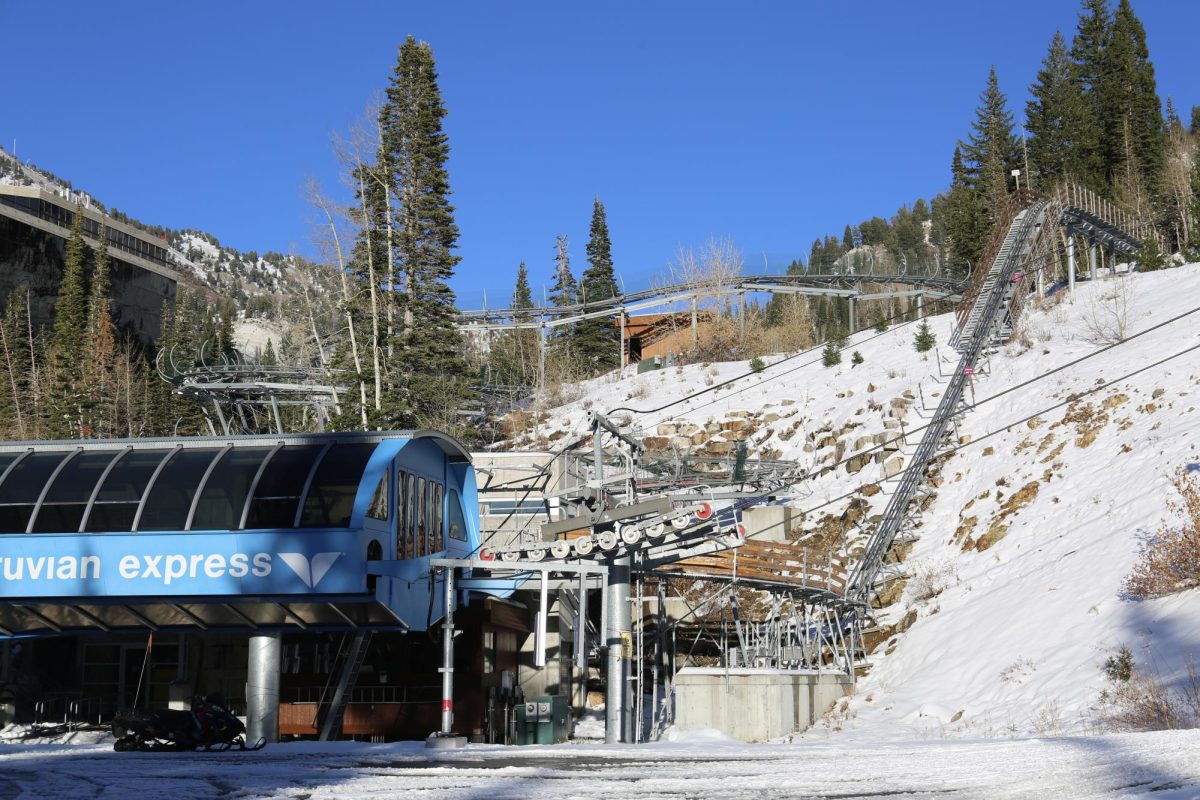Early snowfall has accumulated in Utah’s Wasatch Mountains, raising excitement among skiers and snowboarders gearing up for the winter. However, experts warn that this season’s weak La Niña climate pattern makes for an unpredictable forecast.
Drew Hardesty, an avalanche forecaster with the Utah Avalanche Center, said conditions in early November look promising but cautioned that they don’t necessarily predict the season’s overall trajectory.
“We started off with about 1-2 feet of snow on the ground now … and we expect to see more snow next week if the long-range models hold up,” Hardesty said. He noted that early storms created a decent foundation but stressed that conditions could rapidly change.
The weak La Niña pattern, a cooling phenomenon in the Pacific Ocean that can influence snowfall, complicates the forecasts. Generally, La Niña years are associated with increased snowfall in the northern Intermountain West. At the same time, El Niño events favor the southern part of the region. However, this pattern is less predictable in the Wasatch Mountains, and the weak nature of this year’s La Niña only adds more uncertainty.
Jim Steenburgh, a professor of atmospheric science at the University of Utah, expressed skepticism about relying on these large-scale climate patterns for local predictions.
“The relationship between El Niño/La Niña and snowfall in the Wasatch is too weak for any reliable forecast skill,” he said. “We will get what we get.”
In the early season, colder temperatures at high altitudes are already creating snow layering that could lead to avalanche risk as more snow piles up. Hardesty said early storms followed by periods of high pressure often create a layer of “weak, cohesionless snow” that becomes unstable under new snow loads.
“That snow will start to weaken and facet,” he said, describing a process in which snow crystals become less cohesive and more prone to failure. “We may have all the recipe for human-triggered avalanches in the backcountry.”
Highly localized weather patterns further complicate accurate snowfall forecasts in the Wasatch Mountains, which can vary dramatically even over short distances. Steenburgh acknowledged the challenges of predicting snowfall in such complex terrain.
“The very localized nature of many Wasatch snowstorms requires incredibly detailed forecasts,” he said. Despite using advanced statistical models, he noted that forecasting remains challenging even with the latest technology.
For those eager to venture into the backcountry, Hardesty stressed the importance of being prepared.
“If you’re going to hit it in the backcountry or even go side-country from the ski areas, check the daily avalanche report,” he said. “UtahAvalancheCenter.org puts it out every morning at 7 a.m.”
He also recommended that skiers and snowboarders bring all essential rescue equipment.
Steenburgh offered a straightforward tip to those itching for powder: “Ski it if it’s white, and don’t worry too much about seasonal forecasts.”
With early snow and fluctuating conditions, experts agree this winter season will be unpredictable. They advise those hitting the slopes to stay vigilant, adapt to evolving conditions and prioritize safety.




